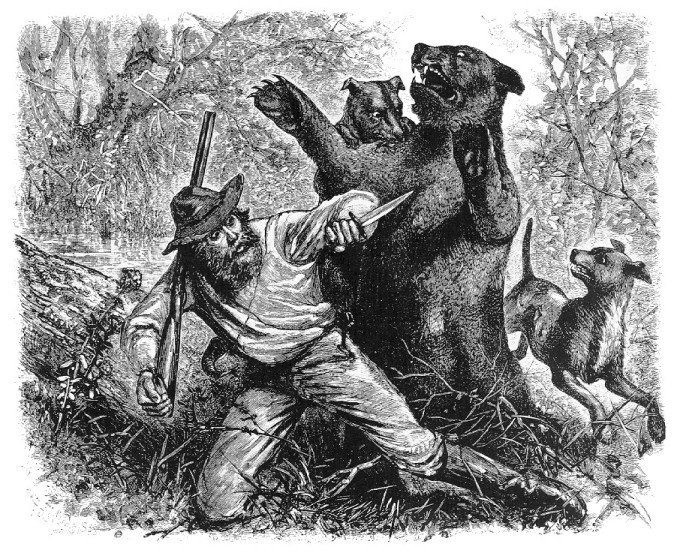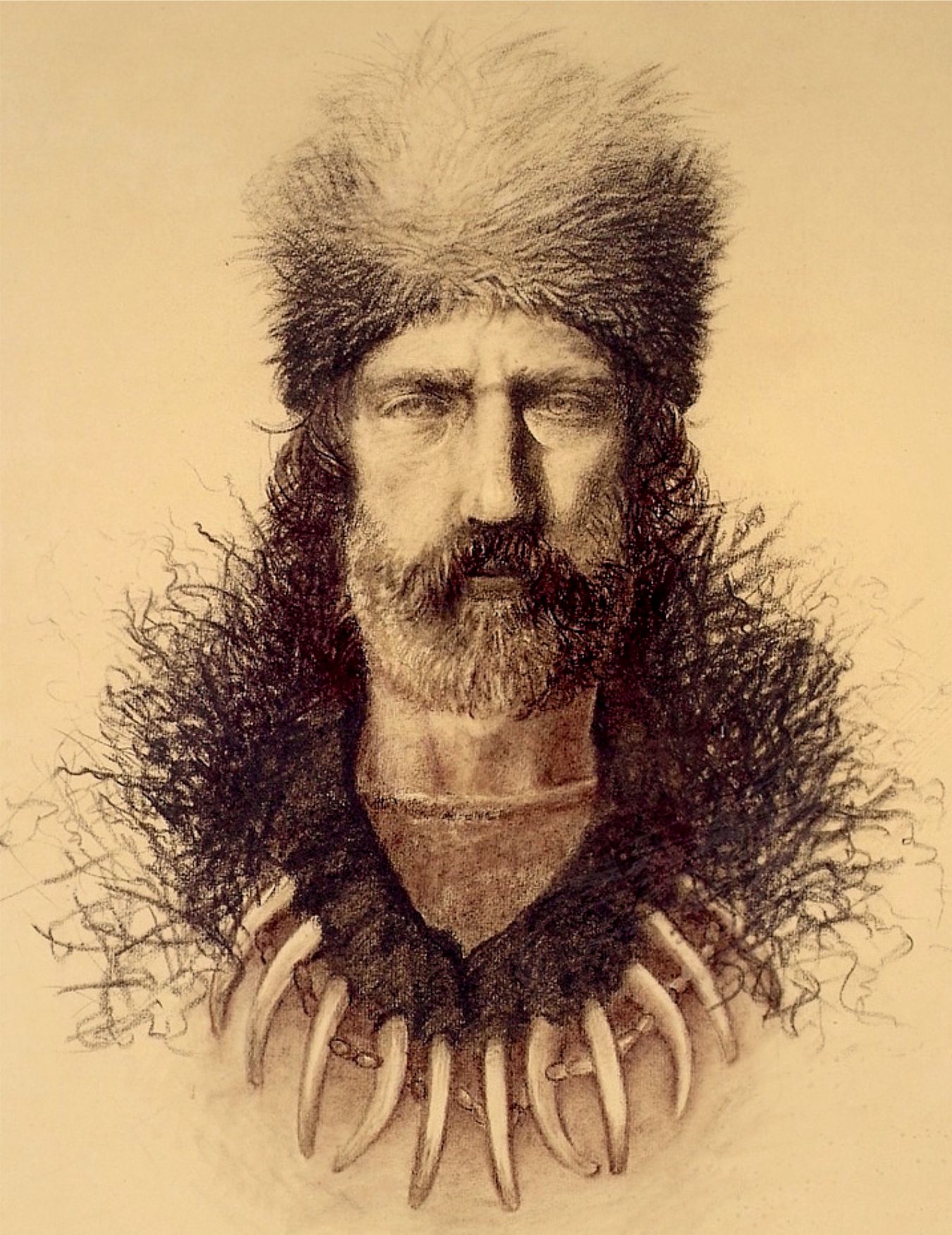 Alexandria Costello is a masters student st Portland University studying the geomorphic influences of beavers in urban streams. She just came to the geology conference in San Francisco to present a poster session. Then went to Napa to meet Robin and Rusty and walk the beaver habitat. She posted this on Facebook and I asked for a closer look to share. Can I just say how much I love the idea that folks are talking about “urban beavers” at a conference?
Alexandria Costello is a masters student st Portland University studying the geomorphic influences of beavers in urban streams. She just came to the geology conference in San Francisco to present a poster session. Then went to Napa to meet Robin and Rusty and walk the beaver habitat. She posted this on Facebook and I asked for a closer look to share. Can I just say how much I love the idea that folks are talking about “urban beavers” at a conference?
 Oh my goodness. I’m intrigued already. Aren’t you? It’s a funny thing to think about the educated, generous, ecologically-minded city of Portland learning anything at all from a stubborn ol’ refinery town like Martinez, isn’t it?
Oh my goodness. I’m intrigued already. Aren’t you? It’s a funny thing to think about the educated, generous, ecologically-minded city of Portland learning anything at all from a stubborn ol’ refinery town like Martinez, isn’t it?
 Recognize those puppets? I am so proud of us sometimes. I especially like the part where she says cities in Oregon should invest in similar programs around the state to help people learn about the benefits of beaver. You know like the city of Martinez invested in us with all the funding and sponsoring they did of our message and effort. Haaaaaaaaaa Ha Ha Ha.
Recognize those puppets? I am so proud of us sometimes. I especially like the part where she says cities in Oregon should invest in similar programs around the state to help people learn about the benefits of beaver. You know like the city of Martinez invested in us with all the funding and sponsoring they did of our message and effort. Haaaaaaaaaa Ha Ha Ha. 
Sorry, I just suddenly thought of this comic for some reason and needed to post. I’ll allow Alex to continue.
I’m so impressed with this presentation, and with Alex for putting it together. Everyone had a grand time in Napa, and I am so pleased they connected. Apparently even WS is the best behaved it will EVER be in Oregon, under the steadying hand of Jimmy Taylor. I’m so grateful to have contributed to the story with our playful puppets.
While we’re on the topic of the successes of friends, I heard the other day that Wyoming beaver believer Amy Cummings, and Washington advocate Joe Cannon of the Lands Council are headed for an Idaho event sponsored by our beaver friends at Watershed Guardians. The event is cleverly called A Reverse Rendezvous, and is held on the day the trapping season ends. (History lesson: The original rendezvous were gatherings of trappers where massive furs and goods changed hands, and where you could connect with a new company or glean some insights of areas that were trapped out. There was lots of bragging, drinking and whoring too, I’ll wager. Probably more than a few fights or fatalities, as minimally socialized loners found themselves in a sudden crowd where impulse control was required.)
Anyway, this reverse one is going to be way better.
In the summer of 1826, the American Fur Company set up a small camp in the Powder River basin in western Wyoming to buy furs from various trapping companies and free trappers. There were gifts, story telling, contests and music. All to celebrate beaver that had been killed. We’re going to do something similar but opposite at the Reverse Rendezvous. On April 15th, 2016, we’ll be doing something similar, but with a twist. We’ll be celebrating the beaver that WEREN’T killed. Come join us!
Our story tellers are Amy Chadwick and Joe Cannon. Amy is an environmental consultant specializing in rehabilitating damaged ecosystems. Joe Cannon is part of the most successful beaver re-introduction program in history. We are excited and pleased to have them both.
I’m so jealous I won’t be on hand to hear all the stories. Maybe someone will be taping? Worth A Dam wishes you the hardiest of successes.
Meanwhile, I’m hard at work with an idea for this years festival. Over the years I’ve probably gathered every wonderful graphic, historical image or photo of beavers, now I just need to find some old scrabble games!






















































